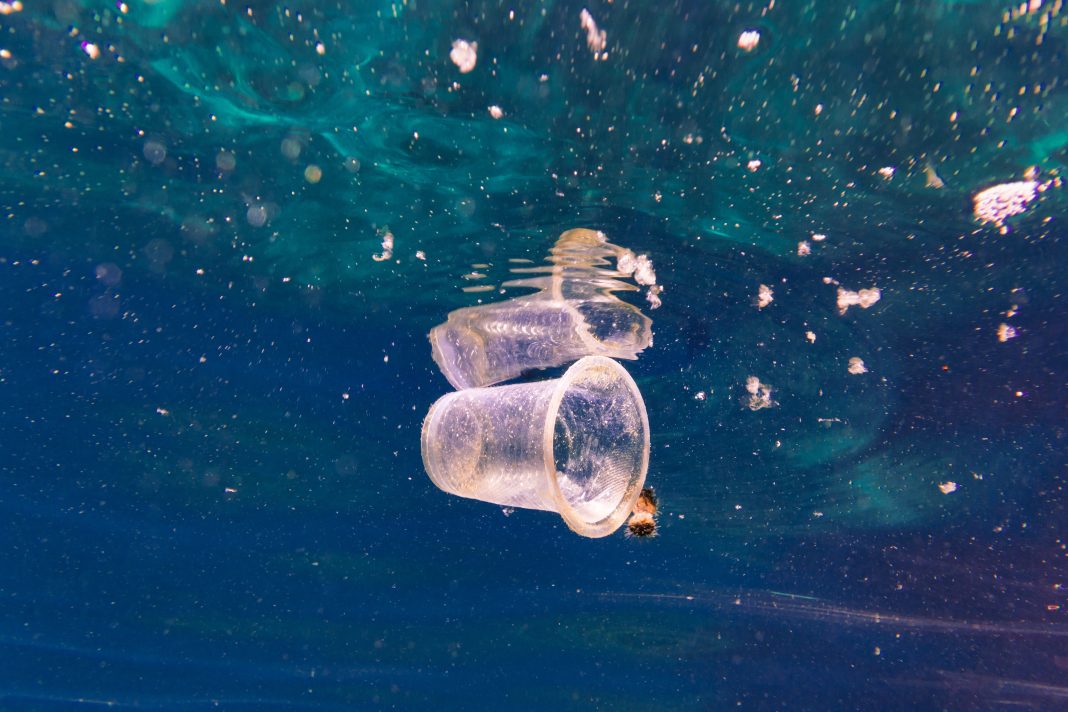Microplastics are everywhere – in our oceans, soil, food, and even the air we breathe. These tiny, insidious particles, often less than 5 millimeters in size, represent one of the most underappreciated threats to environmental and human health.
An Invisible Invasion
Every time we wash synthetic fabrics, microscopic fibers escape into water systems. Packaging, tires, and industrial processes contribute to the deluge. Scientists have found microplastics in places as remote as Arctic ice and as sacred as human placenta. The ubiquity of this pollution is staggering.
Health Hazards
Emerging research suggests microplastics can disrupt endocrine systems, damage organs, and carry toxic chemicals. They act as sponges for pollutants like pesticides, amplifying their harmful effects. While long-term impacts remain uncertain, the early signs are alarming.
A Call to Action
The microplastic crisis requires both systemic and individual responses. Governments must enforce stricter regulations on plastic production and waste management. Industries need to innovate alternatives to synthetic materials. Consumers, too, can play their part by reducing single-use plastics and supporting eco-conscious brands.
This invisible enemy is a wake-up call. The battle against microplastics is not just about saving the planet – it’s about safeguarding our future.

